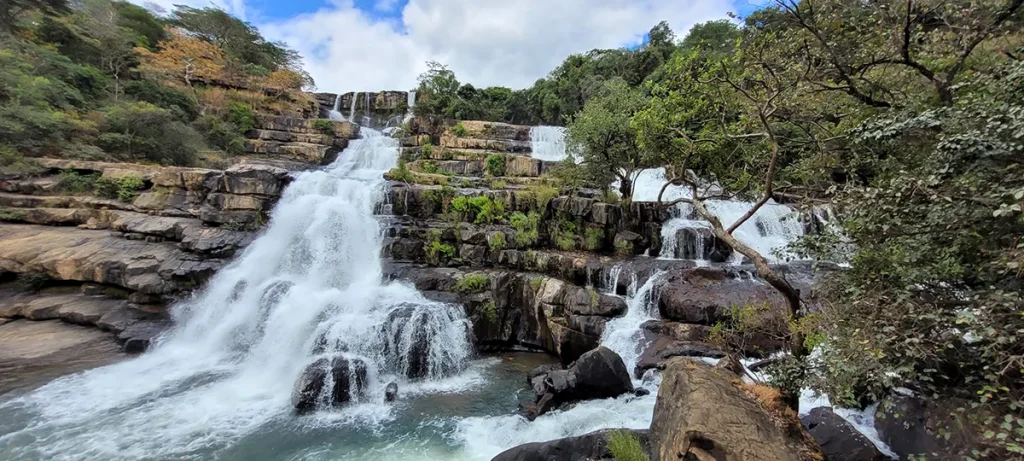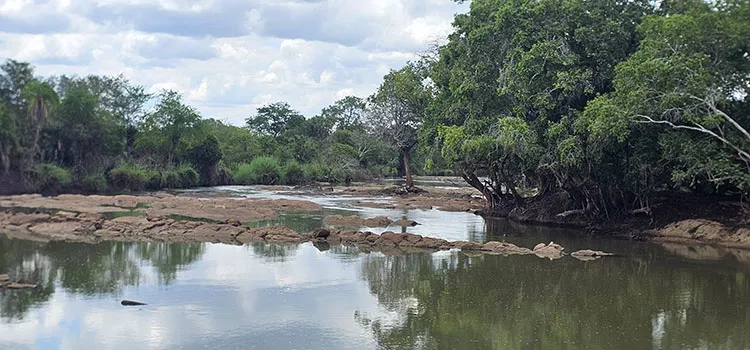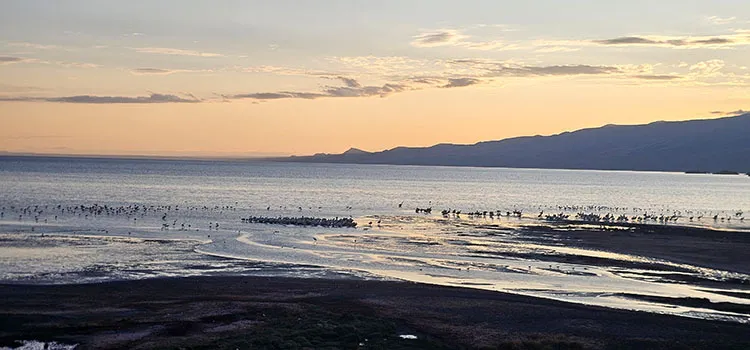A Guide to Mpanga Kipengere Game Reserve:Land of Misty Peaks and Endless Waterfalls
The Reserve was officially established in 2002, covering a total area of 1,574.25 Km2. It is located within an altitudinal range of 1,080 metres to 2,858 metres above sea level, spanning three districts: Wanging’ombe to the East, Makete to the South in the Njombe region, and Mbarali District to the north and northwest in the Mbeya region. The Reserve comprises the Kipengere, Mpanga, Lugala, and Chafukwe Mountains, offering a scenic landscape of beautiful green mountains, sprawling plains, dramatic valleys, and snaking rivers with unique waterfalls. The Reserve lies between latitudes 8°50’S and 9°10’S and between longitudes 34°00’E and 34°30’E, forming part of the natural features known as the Southern Highlands. The highlands form a great Arc of high ground 1300-3000m, where the Kipengere Ranges border Kitulo Plateau to the west. The main office of the Reserve is located at Ilembula town along the Njombe to Mbeya road. Getting to Mpanga Kipengere Game Reserve By RoadTravelling by road is the most convenient way to reach the reserve. The main Dar es Salaam–Mbeya highway, commonly known as the TANZAM highway, runs close to the reserve’s northern border. The route passes through mbuyuni and Kimani Village which offers a direct entry point to Mpanga Kipengere Game Reserve. By TrainRail access is available via the Tanzania-Zambia Railway (TAZARA). Visitors can take scheduled trains to stations such as Makambako, Rujewa, or Igurusi. From any of these stops, the reserve is a short drive away, with easy road access via the Njombe–Mbeya trunk road, which leads to the reserve headquarters in Ilembula. By AirAlthough there is no established airstrip inside the reserve itself, travellers can reach nearby locations by chartered flights or scheduled airlines. The closest air travel points include small airstrips in Ilembula, Chimala, and Njombe. For those using commercial flights, Songwe International Airport, located near Mbeya, is the best option. From Mbeya town, it’s approximately 88 kilometres to the reserve’s entrance, and about 110 kilometers from Songwe Airport. Best Time to Visit The ideal time to visit Mpanga Kipengere is from June to December. During these months, rainfall is low, and most parts of the reserve become more accessible. River levels drop, making it easier for visitors to hike, camp, and access key attractions such as waterfalls and forest trails. The dry season also provides better conditions for wildlife viewing and birdwatching, as animals gather near water sources and visibility improves. Unique Features and Key Attractions Waterfalls One of the most spectacular and defining features of Mpanga Kipengere is its abundance of waterfalls, natural wonders that tumble dramatically over cliffs, through valleys, and into forested ravines. These waterfalls vary in height, volume, and setting, but all of them contribute to the reserve’s tranquil and picturesque character. The most famous is the Kimani Waterfall, an awe-inspiring cascade that drops an estimated 250 meters into a lush, green gorge. The area around the falls is cool and misty, and a deep pool at the base, known locally as the “Love Pool”, offers a rare opportunity for a refreshing swim in the wild. The trail to Kimani is a rewarding hike, offering panoramic views and diverse birdlife along the way, and is considered a must-see for anyone visiting the reserve. Other notable waterfalls include Nyaugenge, Lyamakonokwila, Ikovu, Mamba, and Allan’s Falls, each with its own distinct charm. Some are hidden deep within the forest, only accessible by trekking through overgrown paths, while others can be admired from viewpoints along the main trails. During the rainy season, these waterfalls become even more powerful, creating a dramatic soundtrack that echoes through the mountains. Wildlife Available in the Game Reserve The reserve’s rich and varied habitats support a wide range of animals, making it an exciting destination for wildlife viewing. Mammals found here include the elegant Greater kudu, the shy common duiker, and the nimble steinbuck. Along the rocky outcrops, you may encounter klipspringers and dik-diks, while baboons and vervet monkeys move noisily through the forest canopy. More elusive animals, such as the Senegal dwarf galago—a nocturnal primate—can sometimes be seen at night. Otters are also known to play in the clear mountain rivers, especially near the base of the waterfalls. For bird enthusiasts, Mpanga Kipengere is a true paradise. It is home to over 300 species of birds, including both local and migratory populations. Some of the most notable include the Denham’s bustard, blue swallow, and the endemic Kipengere seedeater and Njombe cisticola. The scarce Fufumka bird is a special highlight for ornithologists and birders alike. The skies and forests are also alive with the calls of red-winged and ashy starlings, among others. Reptiles and amphibians are also well represented. Visitors might spot monitor lizards basking in sunny clearings or discover the camouflaged nosed chameleon clinging to a branch. In wetter areas and near streams, species such as the serrated hinged terrapin, Natal sand frog, and a variety of Bufo toads can be found. Vegetation Mpanga Kipengere Game Reserve is situated within one of Tanzania’s most botanically rich regions, with plant life that rivals even the famed Eastern Arc Mountains. As part of the so-called “African Galápagos,” the Kipengere Range is a sanctuary for rare and endemic plants, many of which are still being studied and classified by botanists today. The reserve’s two dominant vegetation zones are the afro-montane forest, grassland mosaic and the mid-altitude miombo woodland. The afro-montane zone is particularly rich in flowering plants, ferns, and mosses. Here, dense forests give way to rolling highland meadows, where tuberous orchids, red-hot pokers, and irises grow wild. These zones are also ideal for butterflies, pollinating birds, and many small mammals. Lower down, the miombo woodlands spread across the valleys and lower slopes. These woodlands are characterised by tall, open-canopy trees and are home to a completely different suite of plant and animal species. Together, these ecosystems form a dynamic and interlinked landscape that supports an extraordinary range of biodiversity. Activities in Mpanga Kipengere Game Reserve Hiking and TrekkingMpanga Kipengere offers excellent hiking opportunities across mountain ridges, forest trails,












